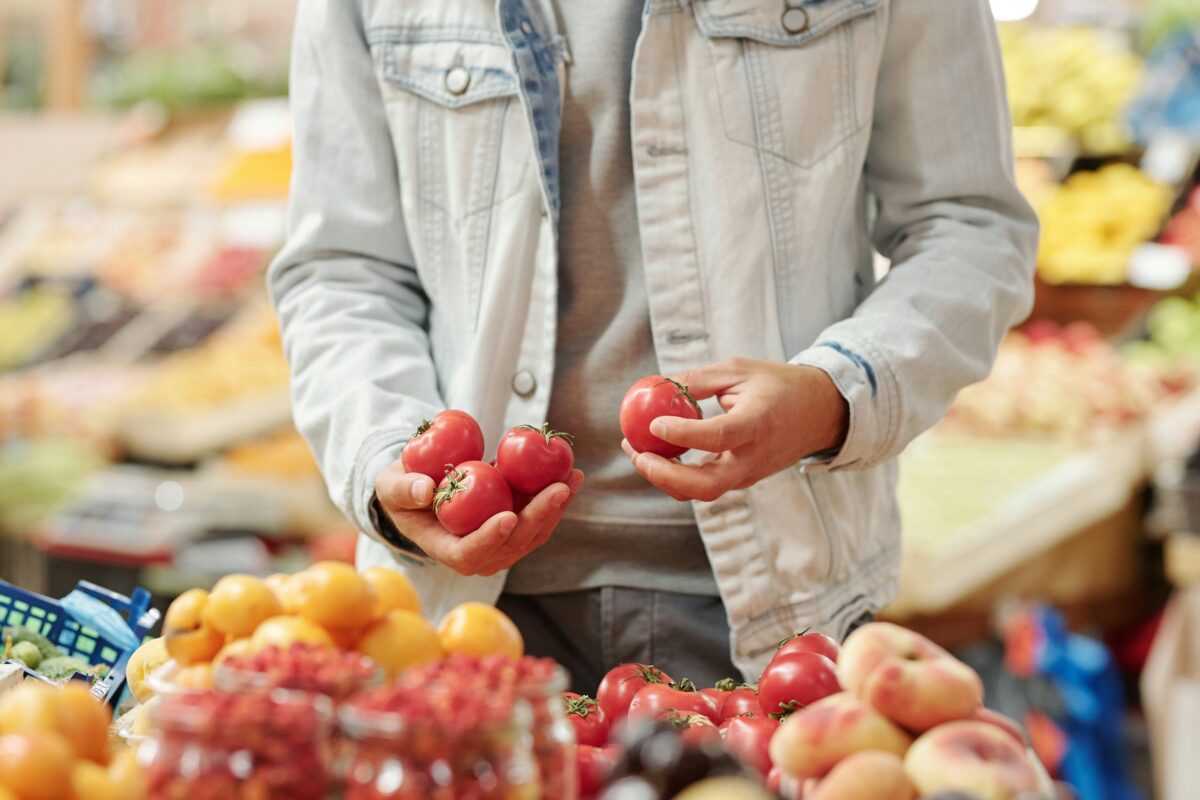Alt-foods like plant-based meat or cow-free milk are trending. Next up, indoor growers are using hydroponics and vertical farms to revolutionize produce.
What it is: The latest in agritech, indoor farms use technology to grow fresh fruits and vegetables — sans soil and sunlight.
Planting seeds. Last year, global funding for indoor farming startups topped $1.9B, nearly tripling investment in 2019.
- Bowery Farming announced a $300M Series C in May, valuing the company at $2.3B in the largest-ever vertical farm deal.
- Late last year, Jeff Bezos-backed Plenty secured $140M in a Series D funding round.
- AppHarvest went public via SPAC in January at a valuation of $1B. Later this year, AeroFarms, Local Bounti, and Infarm are set to follow suit.
The upside. Indoor farms grow food using less resources than traditional farms. And urban growers, like Plenty’s 95,000-square-foot warehouse in Southern California, reduce delivery times from one week to one day.
Plus, with post-pandemic grocery shoppers eating more organic and sustainable foods, hydroponics and vertical farms seem well-positioned to reap the profits.
The downside. Despite huge funding rounds, the returns have been mediocre. The top 20 indoor farm startups have just $135M in retail sales, and most remain unprofitable. AppHarvest, for instance, saw its stock price wither since it went public.
Others are skeptical of the nutritional value of indoor-grown foods, which use nutrient-dense water instead of soil.
Dave Chapman, Vermont farmer and executive director of the Real Organic Project, questions the long-term impact on our dietary health:
“What will the health outcomes be in two generations? It’s a huge live experiment and we are the rats.”
Punchline: Despite high technology costs, nutritional uncertainties, and more, investors are all-in on indoor farms. Pending further innovation, we may well be on the edge of an agricultural revolution.
In the meantime, keep an eye out for vertical farms providing greens at your local grocery store, or visit a fully functional urban farm installation to get a taste for yourself.
Research contributed by: Kelly Byrne
 Image: Plenty
Image: Plenty


